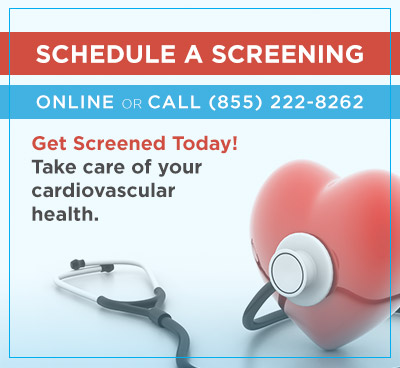What Is An Implantable Cardioverter Defibrillator?
An ICD is a device implanted in either a chest or abdomen to monitor a heart’s rhythm. The device uses electrical pulses or shocks to help control life-threatening arrhythmias — rapid or irregular heartbeats. This condition can be very dangerous and lead to sudden cardiac arrest (SCA), where the heart stops beating without warning. SCA is usually fatal if it’s not treated literally within minutes.
Your heart has four chambers: the upper chambers are called the left and right atria; the bottom chambers are the left and right ventricles. The left ventricle is the largest and strongest chamber, pushing blood through the aortic valve and into the body. The heart has an electrical system enabling the atria and ventricles to pump in sync. With each heartbeat, an electrical pulse moves from the top of the heart to the bottom, causing the heart to contract and pump blood. The process repeats with each new heartbeat. The ICD works with a heart’s electrical system.
The Heart And Benefits of Using An ICD
If a heart’s electrical system is not working properly, an arrhythmia may occur. An arrhythmia is usually harmless but on occasion can be serious and require treatment. When a ventricular arrhythmia occurs, the heart can’t pump blood efficiently, depriving the brain and body of oxygen. An ICD uses electrical pulses or shocks — called defibrillation — to treat a life-threatening arrhythmias. If low-energy pulses don’t restore a normal heart rhythm, the ICD will switch to high-energy pulses for defibrillation — a miniaturized internal version of the shock paddles used by paramedics.
An ICD is similar to a pacemaker as both devices are used to treat arrhythmias. But pacemakers are designed for less dangerous heart rhythms, such as those that occur in the heart’s upper chambers. ICDs are used to treat life-threatening ventricular arrhythmias.
How is an ICD Used
An ICD is typically implanted on the left side of a chest through an incision made below the collarbone. A wire is threaded through the incision into a vein in the upper chest. Using x-ray monitors, a doctor guides the wire into one of the heart’s chambers. An ICD can have more than one wire. The leads are attached directly to the heart muscle. The battery, called a generator, is attached to the leads. The doctor may intentionally induce a fast heartbeat to test the ICD and make sure the ICD is working properly. The incision will be closed with stitches, surgical glue, or staples. One night in the hospital for observation may be required.
Post Operation – Implantable Cardioverter Defibrillator
It is very important to follow all post-implantation instructions and to look for any signs of infection, such as a fever of more than 100 degrees Fahrenheit (37.8 degrees Celsius), drainage, redness, or inflammation. The doctor may also have physical restrictions, such as not raising an arm higher than shoulder height on the side of the implanted generator. Some bruising is normal and will go away after a few weeks. A medical clearance will be needed to return to work and resuming normal activities.
Call the doctor immediately if experiencing twitching chest muscles, persistent and increasing pain around the ICD, bleeding at the incision site, infection, swelling in the arm closest to the incision site, chest pain, or shortness of breath.
See Also:


